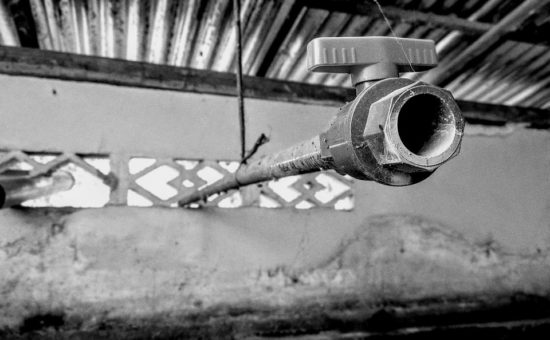Virulence and antimicrobial resistance genes are enriched in the plasmidome of clinical Escherichia coli isolates compared with wastewater isolates from western Kenya
Many low-middle income countries in Africa have poorly-developed infectious disease monitoring systems. Here, we employed whole genome sequencing (WGS) to investigate the presence/absence of antimicrobial resistance (AMR) and virulence-associated (VA) genes in a collection of clinical and municipal wastewater Escherichia coli isolates from Kakamega, west Kenya. We were particularly interested to see whether, given the association between infection and water quality, the isolates from these geographically-linked environments might display similar genomic signatures. Phylogenetic analysis based on the core genes common to all of the isolates revealed two broad divisions, corresponding to the commensal/enterotoxigenic E. coli on the one hand, and uropathogenic E. coli on the other. Although the clinical and wastewater isolates each contained a very similar mean number of antibiotic resistance-encoding genes, the clinical isolates were enriched in genes required for in-host survival.
AMR NEWS
Your Biweekly Source for Global AMR Insights!
Stay informed with the essential newsletter that brings together all the latest One Health news on antimicrobial resistance. Delivered straight to your inbox every two weeks, AMR NEWS provides a curated selection of international insights, key publications, and the latest updates in the fight against AMR.
Don’t miss out on staying ahead in the global AMR movement—subscribe now!






